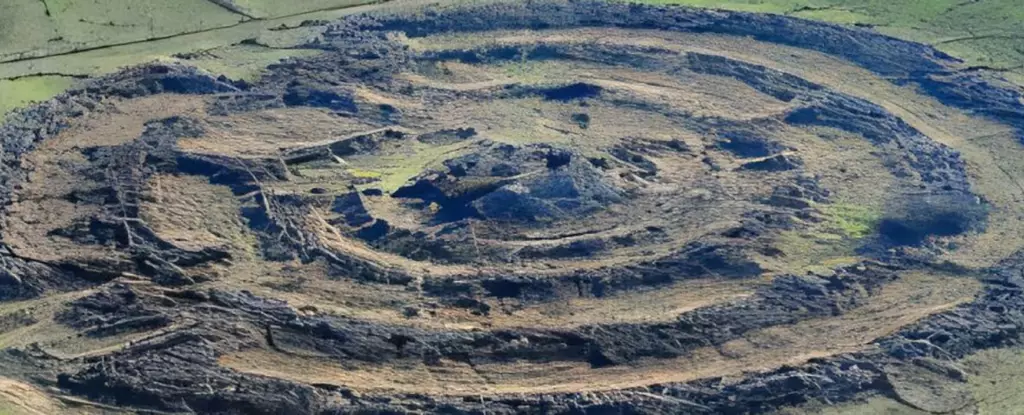The ancient site of Rujm el-Hiri, located on the Golan Heights plateau in southwest Syria, has long fascinated historians and archaeologists alike. Renowned for its impressive megalithic construction, it was initially believed to be an astronomical observatory due to its purported alignment with celestial objects. However, recent research is challenging this assumption, raising critical questions about the purpose and significance of this enigmatic structure. A team from Tel Aviv University and Ben-Gurion University of the Negev conducted a comprehensive investigation into Rujm el-Hiri, revealing that the site has undergone considerable positional shifts over millennia—a fact that complicates previous interpretations of its design and utility.
The recent study employed an innovative combination of scientific techniques to rethink Rujm el-Hiri’s aerial and geological characteristics. By utilizing geomagnetic analysis, researchers were able to evaluate the residual magnetic signatures embedded in the site’s rocks and soil. This was complemented by tectonic reconstruction efforts that modeled the evolutionary shifts of the Earth’s crust, along with remote sensing methods that offered a broader understanding of the layout and orientation of the site as seen through satellite imagery.
The findings revealed that Rujm el-Hiri has not retained its original alignment with the night sky over the centuries, as previously believed. “The geological structure of the Rujm el-Hiri’s area has been shaped by the tectonic evolution of the region,” the researchers explain, alluding to the complex interaction between natural processes and human activity. They determined that as tectonic forces acted upon the landscape, Rujm el-Hiri rotated counterclockwise and migrated from its initial location by several tens of meters, thus altering how it interacts with celestial phenomena.
The team’s analysis suggests that Rujm el-Hiri’s construction likely began around 4500 BCE, continuing to evolve through the Bronze Age, with significant modifications occurring between 3600 and 2300 BCE. This evidence posits that Rujm el-Hiri was not merely a static observatory but a dynamic site that underwent a series of renovations and additions reflective of changing societal needs and cultural practices. Archaeological studies have proposed various functions for the site, including its use as a fortress or a gathering space, indicating that its role may have been as multifaceted as the communities that utilized it.
Marked by a central cairn encircled by multiple concentric basalt stone rings, Rujm el-Hiri spans approximately 150 meters (492 feet) in diameter. This impressive scale points to the engineering capabilities and the social organization of the societies that created it. Additionally, surrounding features such as walls and burial mounds further intertwine the site with the lived experiences of its ancient inhabitants. The researchers note that many structures in the region were repurposed and reconfigured long after their initial construction, indicating a rich tapestry of historical and cultural continuity.
The significance of this study extends far beyond just Rujm el-Hiri. It marks a pioneering effort to combine various scientific approaches to better understand the cultural landscapes of the Southern Levant. The integration of geophysical analyses with traditional archaeological methods can serve as a model for examining other ancient sites both in this region and beyond.
Moreover, the research team posits that the techniques developed in this study may one day facilitate the identification of other uncharted archaeological sites by training artificial intelligence models. These models could analyze satellite imagery to detect structures that have yet to be discovered, enhancing our understanding of ancient civilizations and their monumental architecture.
As scholars continue to interrogate Rujm el-Hiri’s mysteries, the evolution of our understanding reflects broader themes within archaeology: the need to adapt our methodologies and frameworks in light of new data. The re-evaluation of ancient sites like Rujm el-Hiri underscores the importance of interdisciplinary collaboration and technological advancement in uncovering the layers of human history. The site, often romanticized as a cosmic aligner, now emerges as a testament to the shifting sands of time and the complex socio-political narratives woven into our ancestors’ monumental legacies. As we look to the future, the lessons learned from Rujm el-Hiri pave the way for renewed exploration into humanity’s architectural achievements and their cultural significance across the ages.

